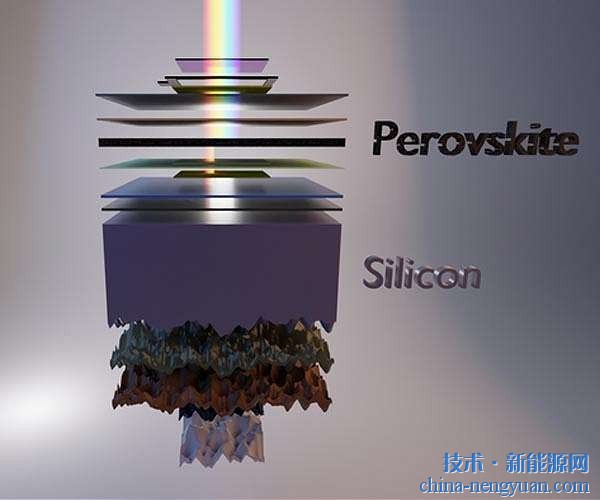 |
Recently, Professor Xie Yi and Professor Sun Yongfu of the University of Science and Technology of China have made important progress in the synthesis and application of hybrid two-dimensional ultra-thin structures. The research group designed a hybrid model system to study the effects of metal surface oxides on the electrocatalytic properties of their own metals. The results of this research were published in Nature, published on January 7 (2016, 529, 68-72, DOI 10.1038/nature16455).
Reducing CO2 to hydrocarbon fuel molecules through electrocatalytic processes not only helps to reduce the negative impact of CO2, but also can obtain fuels such as methane, formic acid, and methanol. However, a bottleneck in the electroreduction of CO2 is how to activate high-stability CO2, which often requires a very high overpotential; and the presence of an overpotential not only wastes a lot of energy, but also often leads to a reduction in the selectivity of the reduction product.
It has been reported that metal electrodes generally have higher electroreduced CO2 activity, and it is particularly interesting that metals obtained by metal oxide reduction have higher catalytic activity than metals prepared by other methods and can even reduce the reduction potential of CO2 to thermodynamics. The minimum value. However, the mechanism of the effect of metal surface oxides on the electro-reduction properties of their metals is not known. This is mainly because the previously prepared catalysts contain a large number of microstructures such as interfaces and defects. The presence of these microstructures can easily mask the surface metals. Oxide on its own metal catalytic performance.
In order to reveal the effect of metal surface oxides on the performance of their own metal electro-reduced CO2, the researchers constructed a hybrid model material system, namely a metal/metal oxide hybrid ultra-thin structure with a few atomic layers. Taking hexagonal phase Co as an example, they prepared a 4-atomic-thick Co/Co oxide hybrid structure by the method of limited growth of ligands. The results of the Tafel slope and faradaic conversion efficiency of the electrochemical specific surface area reveal that the surface Co atoms confined to the ultra-thin structure have higher intrinsic catalytic activity than the surface Co atoms in the bulk material at lower overpotentials and With high product selectivity, partial oxidation of Co atomic layer further increases its intrinsic catalytic activity, and then a stable current of 10 mA cm-2 and 90% formic acid selectivity are obtained within 40 h at an overpotential of only 0.24 V. .
This work shows that metal atoms may have a higher catalytic conversion activity when they are located in a specific arrangement and oxidation state, that is, the presence of ultra-thin two-dimensional structures and metal oxides increases the ability to catalytically reduce CO2. This work helps researchers rethink how to obtain an efficient and stable CO2 electroreduction catalyst, and it is also of great significance to promote electrocatalytic reduction of CO2.
In recent years, Xie Yi's research group has been engaged in low-dimensional solid electro-acoustic transmission as a cross-cutting area of ​​regulation and energy conversion applications. The regulation of fine structure, electronic structure, and light and electrocatalytic properties of inorganic two-dimensional ultra-thin materials Intensive research was carried out on related aspects and related work published a series of papers in important international journals. It is currently one of the major research groups in the world that has continued to be active in this field. Thanks to his progress in this area, Xie Yi was invited to write a 2015 New Year Outlook for Nature (Nature 2015, 517, 16). This vision explains the importance of interdisciplinarity and emphasizes the interdisciplinary research on energy conversion research. enhancement.
The research work was funded by projects such as the Development Committee, the Ministry of Science and Technology, the Chinese Academy of Sciences, the Ministry of Education, and the University's important direction projects.
The flush plate is an essential component of a concealed installation system that remains visible to the user. Fabia, a brand that pays great attention to design elements and reliable functionality, offers a range of flush plates with different designs, materials, colors, and finishes. These flush plates not only serve as switches for flushing but also provide access to the hidden water tank for maintenance purposes.
Fabia manufactures flush plates primarily using three materials: ABS plastic, stainless steel, and glass. Each material offers unique aesthetic and functional characteristics to complement the overall bathroom design. The choice of material depends on the customer's preference and the desired visual appeal.
In terms of functionality, flush plates can be categorized into three types: mechanical (manual pressing), pneumatic, and sensor-based. Mechanical flush plates require manual pressing to initiate the flushing process, providing a traditional and tactile experience. Pneumatic flush plates utilize air pressure to trigger the flushing mechanism, offering a touchless operation. Sensor flush plates use advanced technology to detect the user's presence and automatically activate the flushing system, providing a convenient and hygienic solution.
The majority of flush plates available on the market are dual flush panels, which allow users to choose between two flush volumes based on water consumption. Typically, a short flush consumes around 3 liters of water, while a long flush utilizes 4.5 to 6 liters. The dual flush button design is the most common type of flush plate, ensuring both economic and environmental savings by promoting water conservation.
In a word, Fabia's flush plates are designed to combine functional efficiency with aesthetic appeal. By offering a variety of materials, designs, and functional options, Fabia enables customers to select the flush plate that best suits their needs and preferences while promoting water-saving practices and enhancing the overall bathroom experience.
Flush Plate, Toilet Push Button, Toilet Button Panel, Flush Button, Toilet Flush Panel
Guangdong Fabia Intelligent Technology Co., Ltd , https://www.fabiaintelligent.com